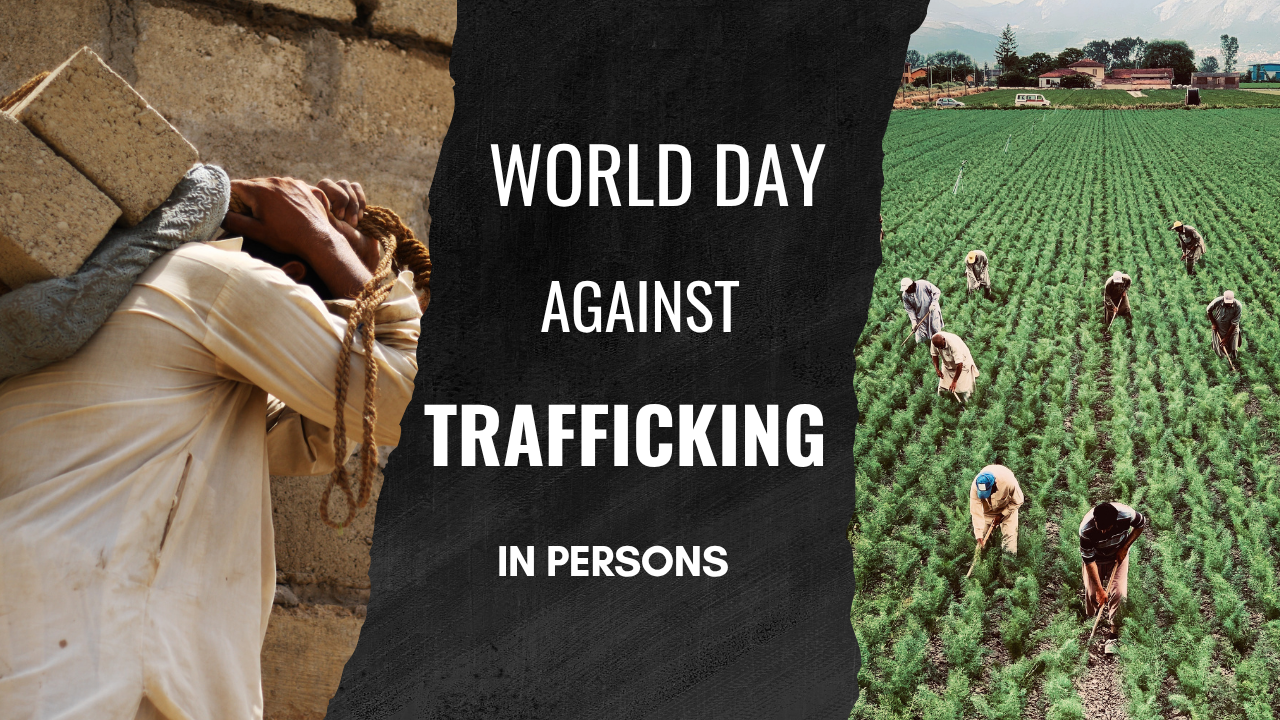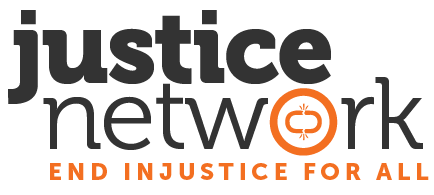
On this day, we want to reflect on the growing problems of human trafficking worldwide. The United Nations created World Day Against Trafficking in Persons to help people understand how prevalent human trafficking is in our society today. This year, we want to help spread the awareness of modern-day slavery in connection to the driving force through organized crime.
Through the use of coercion and exploitation of people to get them into labor and sex trafficking, organized crime expands. Their networks know how to work together to gain profits with using loopholes within the economy by sliding around legal detection using digital platforms and scams. Through using fear-based threats, many of those who are able to get out of their situations, don’t always report the crimes used against them. A lot of them feel too ashamed to talk about how they got involved in their situations or they are too afraid of being hurt by their traffickers. Between 2020-2023, about 200,000 people did report to law enforcement.
Law enforcement in countries around the world need to take human trafficking more seriously. They need to stop allowing money to manipulate and sway them, hold perpetrators to a more accountable standard for their crimes (by giving them longer sentences), and finding a way to care for those who have been oppressed so they feel better protected.
We can all be aware of things going on around us. Continue to look for instances where someone seems in control of another and where there could be a scared person being put through a dangerous situation. This could simply start with you taking a look around you at transportation areas (trains, buses, and planes).
Many who work at transportation places need to be trained to be on the lookout for fraudulent documents. Organized crime networks will take fraudulent documents and ship them back home once they successfully gained a person through its usage and will reuse them for someone who looks similar. Some traffickers will train the people they want to use and abuse on how to understand a custom in a country, a way of life, and more, so that way they can make it seem like they are just going back to a place of residency through false residency permits. Visa smuggling is also common, where sometimes a company is created and made up just so they can transport someone over borders using fake documents that appear real and instead of sending these people back after the visas expire, they are forced to lives of servitude.
There are also those who know how to get into good graces and friendships with law enforcement, that they are allowed to slide under the radar and get away with things they shouldn’t. Some of these people who manipulate others know how to put fear into people so that they continually get away with crime after crime; making it so that there is almost never a way out for those they have forced into years of torment. They may even threaten people in law enforcement so that they can continue to get away with it. A lot of these threats come to fruition when refused (such as perhaps stealing documents, burning/bombing places of work, and more). When law enforcement becomes more scared of a criminal than anything else; making it a struggle to do what is right, it continues the cycle of more crime and oppression.
One way that we raise awareness at Justice Network, is to educate parents be aware of where their kids are going to on the internet, who they are interacting with in games or social media platforms, and who they may possibly be meeting up with. Many social media platforms are a prime area for grooming, manipulating, and threatening children. If you do see anything suspicious happening, you have the ability and right to report on these things so that kids will no longer be lured into horrific situations.
Here are some statistics about human trafficking
- For online sexual survivors, the median age of when a child gets forced into sex trafficking is at 11 years old with 9% of victims being younger than 3. The amount of time for abuse averages at about two years. 1 of every 100 Filipino children is trafficked into online sexual exploitation of children (OSEC). The crimes are growing the most in the Philippines due to growing poverty issues, understanding English, and having internet accessibility.
- 83% of sex traffickers are family members of the abused child.
- About 1.7 million children are being exploited sexually annually.
- human trafficking brings in $150 billion annually. 2/3 of that is through commercial sexual exploitation.
- Forced scamming is a new form of growing human trafficking that is bringing in $16.4 billion a year in Cambodia alone.
- In Southeast Asia, forced scamming is growing, where people work up to 20 hours a day, six days a week. If they do not make their quotas, they are often not allowed food and/or receive abuse. A lot of these people have to target others by offering good paying jobs that seem too good to pass up. When they get caught up into it, they become trapped. Hundreds of thousands of people are put through this form of labor trafficking a year.
- Labor trafficking can cause up to 20 hours of work a day from people including children.
- The biggest sway into labor trafficking is by fraudulent debts. They usually are told a random price to pay for their freedom, which they can never pay back even if they tried.
- Of all those who are forced into labor trafficking, one of every four people is a child.
——
-info from http://ijm.org and https://www.unodc.org/
